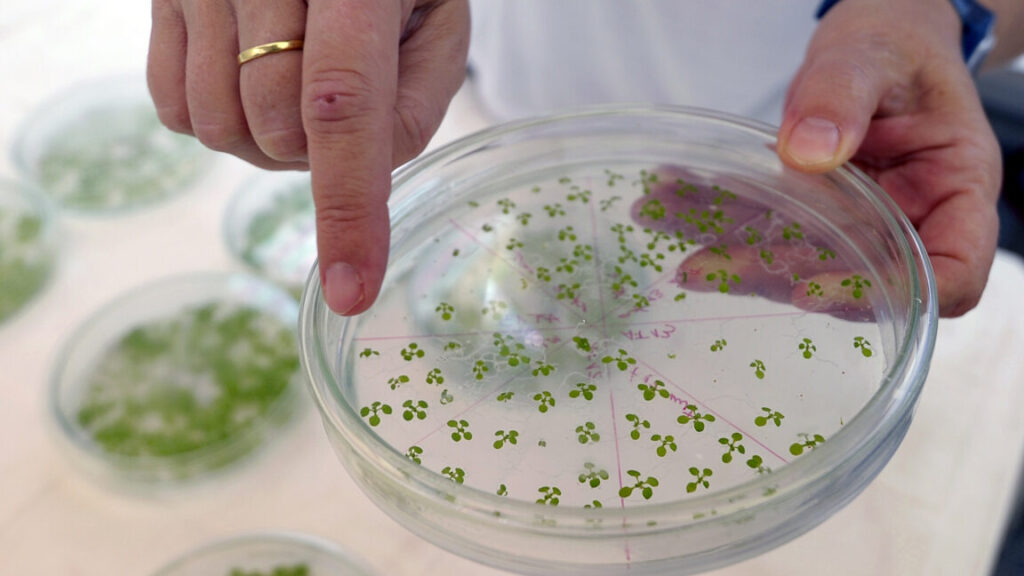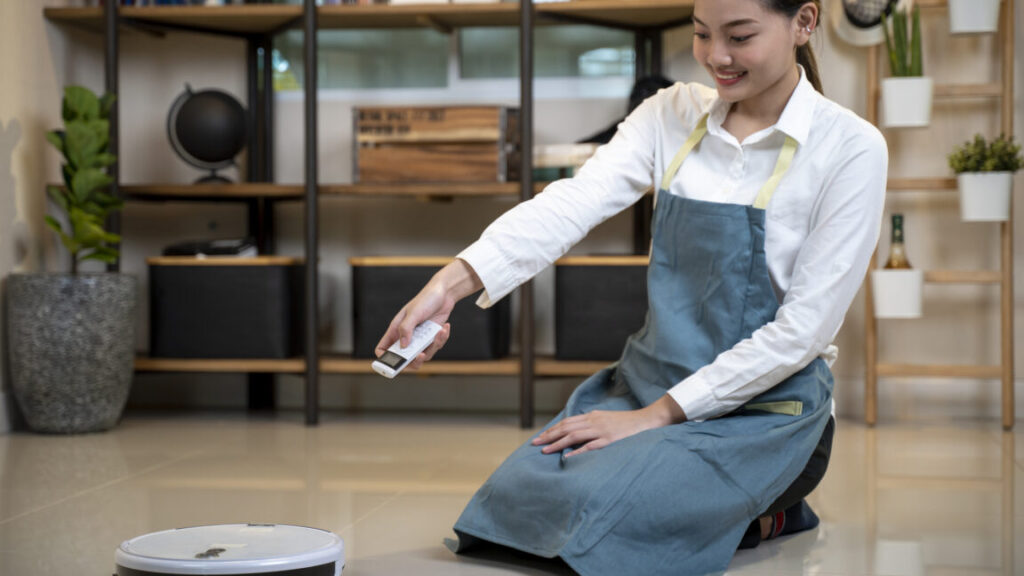New pathway engineered into plants lets them suck up more CO₂
And, well, it worked remarkably well. The plants carrying all the genes for the McG cycle weighed two to three times as much as control plants that only had some of the genes. They had more leaves, the leaves themselves were larger, and the plants produced more seeds. In a variety of growing conditions, the plants with an intact McG cycle incorporated more carbon, and they did so without increasing their water uptake.
Having a two-carbon output also worked as expected. By feeding the plants radioactive bicarbonate, they were able to trace the carbon showing up in the expected molecules. And imaging confirmed that the plants were making so many lipids that their cells formed internal pockets containing nothing but fatty materials. Triglyceride levels increased by factors of 100 or more.
So, by a variety of measures, the plants actually did better with an extra pathway for fixing carbon. There are a number of cautions, though. For starters, it’s not clear whether what we’re learning using a small weed will also apply to larger plants or crops, or really anything much beyond Arabidopsis at the moment. It could be that having excess globs of fat floating around the cell has consequences for something like a tree. Plants grown in a lab also tend to be provided with a nutrient-rich soil, and it’s not clear whether all of this would apply to a range of real-world conditions.
Finally, we can’t say whether all the excess carbon these plants are sucking in from the atmosphere would end up being sequestered in any useful sense. It could be that all the fat would just get oxidized as soon as the plant dies. That said, there are a lot of approaches to making biofuel that rely on modifying the fats found in plants or algae. It’s possible that this can eventually help make biofuels efficient so they actually have a net positive effect on the climate.
Regardless of practical impacts, however, it’s pretty amazing that we’ve now reached the point where we can fundamentally rewire a bit of metabolism that has been in operation for billions of years without completely messing up plants.
Science, 2025. DOI: 10.1126/science.adp3528 (About DOIs).
New pathway engineered into plants lets them suck up more CO₂ Read More »


